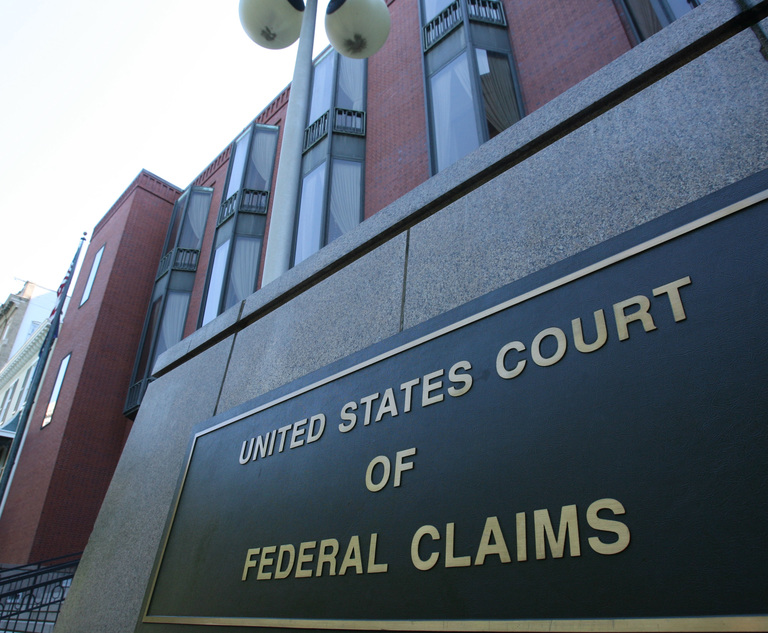Obviousness is one of the most challenging and amorphous issues in U.S. patent law, and one that all practitioners—litigators and patent prosecutors alike—inevitably confront on a regular basis. Federal Circuit decisions analyzing the issue of obviousness can be complex and, sometimes, seemingly subjective.
When considering the question of whether a claimed invention is obvious in view of two combined prior art references, two basic points are almost always at issue: (1) whether the prior art references are analogous, and (2) whether the hypothetical person of ordinary skill in the art would have had a motivation to combine the multiple prior art references. These factors are critical in any prima facie case of obviousness. In theory, this makes sense, because these requirements strike at the core of the obviousness inquiry: which prior art references may be combined, and, just as importantly, why would a person of ordinary skill in the art combine them.


 Howard T. Markey National Courts Building/U.S. Court of Appeals for the Federal Circuit. Photo by Diego M. Radzinschi/ALM
Howard T. Markey National Courts Building/U.S. Court of Appeals for the Federal Circuit. Photo by Diego M. Radzinschi/ALM




